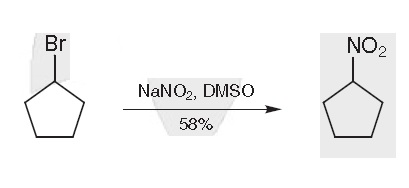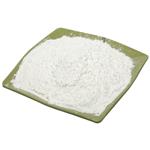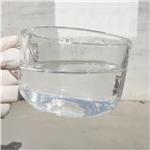Bromocyclopentane is a colorless to light yellow liquid at standard temperature and pressure.It has an aroma similar to camphor. It turns brown after a long time. Soluble in ethanol, ether, insoluble in water. Halocyclopentanes can be prepared by reacting the corresponding alcohols with thionyl halides, phosphorus trihalides or hydrohalic acids.
Bromocyclopentane is a precursor used in the preparation of cyclopentene and cyclopentanol. It is a fatty bromide, which is used as a solvent. It is used as an intermediate for the preparation of surfactant and pharmaceuticals and other organic compounds. It is also used in the production of the medicine cyclopentathiazide.
Bromocyclopentane is synthesized by bromination of cyclopentanol: cyclopentanol is mixed with hydrobromic acid and heated to about 170°C refluxed for 6-8h. Then distilled with water steam, the oil layer is washed with 5% sodium carbonate, then dried, filtered, fractionated and collected 136-139°C fraction is the finished product. Another method is by the reaction of cyclopentanol and phosphorus tribromide: the cyclopentanol is cooled to 0 ℃, add the newly evaporated phosphorus tribromide drop by drop, add it all at 0-5 ℃, stir for 2h, and leave it at room temperature overnight. Add water and stratify, take the oil layer water distillation. Distillate stratification, the oil layer was washed with 10% sodium bicarbonate solution, dried with anhydrous calcium chloride, filtration, filtrate distillation, collect 134-141 ℃ fraction that is bromocyclopentane.
Bromocyclopentane is reacted with magnesium turnings in dry tetrahydrofuran making cyclopentyl Grignard reagent, a main precursor in the synthesis of Ketamine.
Bromocyclopentane (22.0 g, 0.15 mol) was added to a soln of NaNO2 (18 g, 0.26 mol) in dry DMSO (100 mL) at 15°C and the mixture was stirred at this temperature for 3 h. The mixture was poured into ice water (250 mL) and extracted with petroleum ether (bp 35-37°C; 4 × 50 mL). The combined organic extracts were washed with H2O (4× 50 mL), dried (MgSO4), and concentrated under reduced pressure. The residue was distilled to give Nitrocyclopentane; yield: 9.9 g (58%); bp 62°C/8 Torr; nD/20 1.4538.

Synthesis of Nitrocyclopentane




